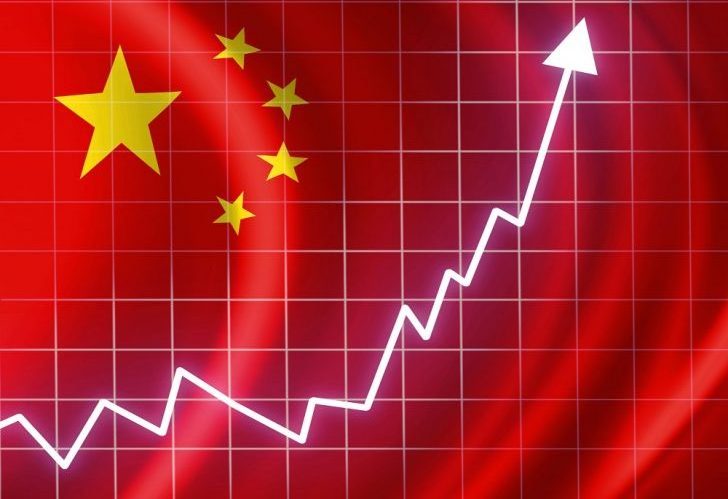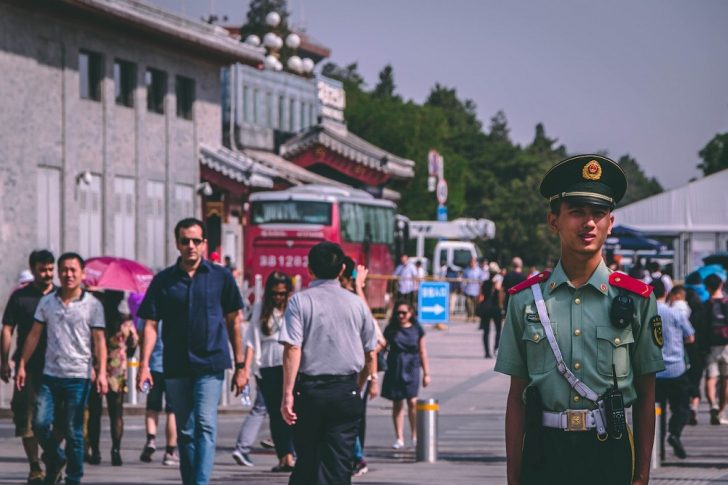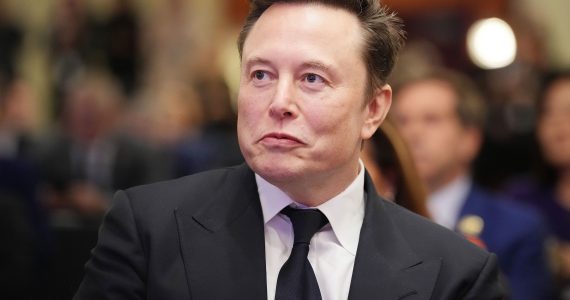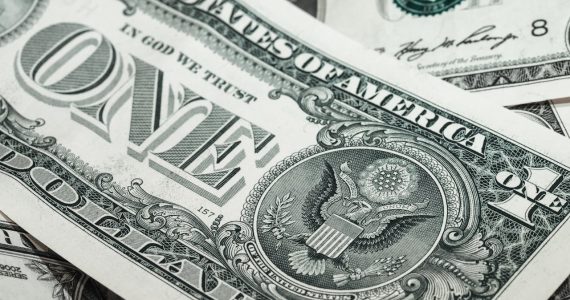China’s remarkable economic ascent over the past few decades has been spectacular. With rapid industrialization, infrastructure development, and export-driven growth, the nation transformed from an agrarian economy into the world’s second-largest economy.
However, this meteoric rise has not come without its share of challenges and economic problems. This article will delve into some of China’s economy’s most pressing issues.

Slowing Economic Growth
One of the most significant challenges facing China’s economy is the slowing pace of economic growth. China enjoyed double-digit growth rates for years, but this trend has gradually slowed. The Chinese government has acknowledged the need to shift from high-speed growth to high-quality growth, emphasizing innovation, technology, and domestic consumption.
The trade war with the United States and the global economic downturn due to the COVID-19 pandemic have further exacerbated this problem. China must balance stimulating economic activity and avoiding unsustainable debt levels to combat slowing growth.
Excessive Debt Levels
China’s rapid economic growth was primarily fueled by credit expansion. While this allowed the country to invest heavily in infrastructure and industry, it also significantly increased debt levels. The corporate and local government debt in China is substantial, raising concerns about financial stability.
Managing this debt and reducing systemic risks have become top priorities for the Chinese government. It involves a delicate process of deleveraging while avoiding a sudden economic downturn that could have global ramifications.

Demographic Challenges
China faces a demographic crisis that has the potential to hinder economic growth in the long term. The one-child policy, implemented in the late 1970s to control population growth, has resulted in an ageing population and a shrinking workforce. As the elderly population grows, pressure on the social welfare system, healthcare, and pension funds will increase.
Moreover, the declining working-age population could limit China’s ability to sustain its high economic growth. To address this, China has relaxed its one-child policy. Still, the effects of demographic changes take years to materialize, and the country will need to adapt to a new demographic reality.
Trade Tensions
Trade tensions between China and the United States have been a significant concern for the Chinese economy. The Trump administration’s tariffs on Chinese goods and the ensuing retaliatory measures strained relations between the world’s two largest economies. While the Biden administration has taken a different approach, emphasizing cooperation in some areas, trade tensions still exist.
These tensions have disrupted global supply chains, reduced international investments, and posed challenges for Chinese companies that rely on access to U.S. markets. Finding a durable resolution to these trade disputes is crucial for China’s economic stability.

Environmental Challenges
China’s rapid industrialization has come at a high environmental cost. Pollution, deforestation, and resource depletion are among the environmental challenges that the country faces. Addressing these issues is not only essential for the well-being of China’s citizens but also for its long-term economic sustainability.
The Chinese government has taken significant steps to combat environmental degradation, including investments in renewable energy, stricter environmental regulations, and efforts to reduce carbon emissions. These initiatives are critical for China’s transition towards a more sustainable and environmentally friendly economy.
Income Inequality
China’s economic growth has led to significant income disparities. While many have benefited from the country’s economic rise, a substantial portion remains marginalized. Addressing income inequality is crucial for social stability and long-term economic prosperity.
The Chinese government has implemented policies to narrow the income gap, including poverty alleviation programs and minimum wage increases. However, achieving more equitable income distribution remains a complex and ongoing challenge.




